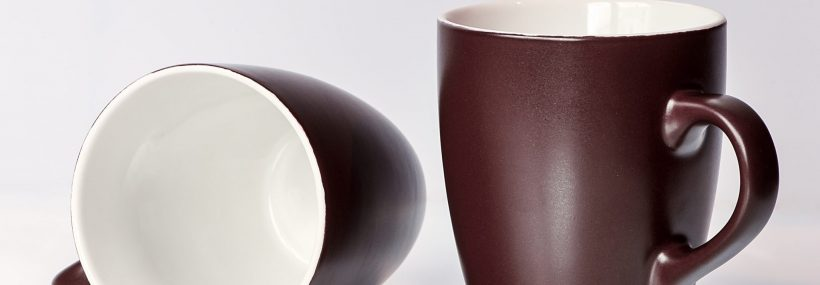
3D printing with ceramic materials is still a relatively new addition to the additive manufacturer’s arsenal of techniques, but nonetheless, it has a wide range of potential applications, from beautiful artistic creations to versatile industrial parts. In today’s tutorial, we’ll be providing a concise introduction to ceramic 3D printing, how the technology works, and how to ensure your first design is a success.
How does it work?
There are currently two main ways of 3D printing ceramics: jetting-based printing and extrusion-based printing.
Some ceramic 3D printing utilises a jetting-based approach, where a liquid is fired into a powder bed to bind the chosen material. Once a layer has been built up in this way, the printing bed is lowered, and a new layer of powder is deposited. This process is then repeated until the whole object has been built up.
Alternatively, parts can be printed using extrusion-based techniques (a popular approach when printing with clay). Using this method, an extruder deposits material on the printing bed a layer at a time, without the need for a binder material.
While these are the two most widely used methods, others are slowly but surely establishing themselves. For example, Prodways offer ceramic printing using their own DLP® MOVINGLight® technology, which was designed specifically for industrial applications.
Regardless of which method is utilised, once printing is complete, the object will still be in a ‘green’ state, and will require firing in a kiln to remove any moisture and harden the part. After the first firing, a pre-glaze coating is applied and allowed to dry. The part is then fired again, and a glaze is applied. The part is then fired for the final time, and another glaze is applied to achieve a shiny, smooth finish.
Applications
Perhaps most obviously, ceramic 3D printing can be used to create a wide range of attractive home decor. It provides artists and designers with a completely new tools for bringing their concepts to life. As a bonus, once they are coated during post-processing, the materials used in ceramic printing are completely food-safe, which means they can be used to print kitchenware.
However, it’s important to bear in mind that ceramic printing also has applications in the industrial, medical, and even space sectors. For example, in the industrial sector ceramic valves and filter elements can now be 3D printed, dramatically reducing the need for storage of spare parts, and allowing functional spares to be generated on an as-needed basis. At the same time, in the medical sector, ceramics can be 3D printed to create tailor-made dental implants for patients.
Materials
A range of new and traditional ceramic materials are now 3D printable, including:
- Clay. A range of different clay materials are available for printing, with dedicated technology — such as WASP’s LDM extruder — available to support both professionals and hobbyists exploring this material.
- Alumina-silica. This is utilised in powder form by iMaterialise in Belgium, who utilise silica or porcelain as a binder during printing.
- Alumina-oxide/zircon-oxide. The material of choice for functional ceramic parts, widely used in industrial circles.
- Porcelain. Currently offered by Shapeways as an SLS material. A key advantage is that a wider range of finishing options are available than with other ceramic materials, including matte finishes.
Bringing your design to life
To help you get started, here are a few practical tips for designing your ceramic parts:
- Avoid interlocking parts, as these are not achievable with current ceramic 3D printing technology.
- If part accuracy is a major concern, be sure to factor in the different layers of glaze that must be added to all ceramic parts, as these will add at least a millimeter to the part’s surface.
- Avoid thin and/or unsupported walls. Not only do these run the risk of warping during printing, it will also be too easy to damage them when moving the green part to the kiln after printing.
- Sharp angles are likely to crack during firing and may be smoothed out during the finishing process, so aim to avoid them where possible.
- For powder-based printing, remember to factor escape holes into your design, so excess powder can be removed before the part is fired. This is essential, as any excess powder that isn’t cleaned away will affect the quality of your part’s finish.
- Make sure your part has a strong, stable base and remember that this area will have to remain unglazed.
Ceramic 3D printing is a surprisingly versatile technology that definitely warrants further investigation from manufacturers. We are looking forward to seeing how it continues to evolve in the near future, as more manufacturers incorporate it into their own prototyping and production processes.
Source: https://amfg.ai/2017/08/03/getting-started-ceramic-3d-printing/